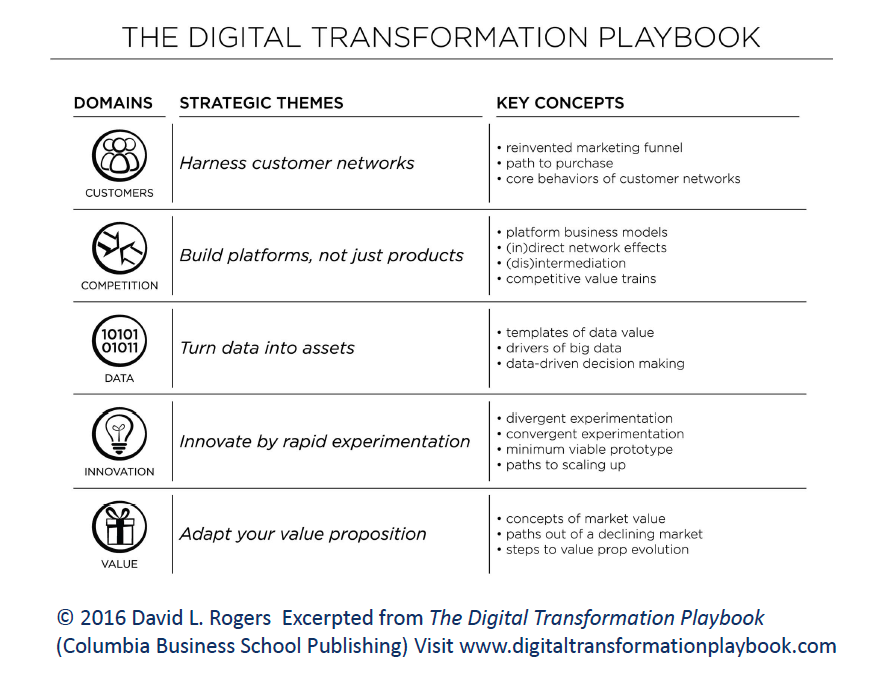BRITE ’16 is a venue for leaders from business, technology, media, and marketing to discuss how technology and innovation are transforming the ways that companies can build and sustain great brands. Participants come to think differently about the changing landscape of business, society, and technology. BRITE (brands, innovation, and technology) began in 2008 and is produced by the Columbia Business School’s Center on Global Brand Leadership. The center creates, gathers, and shares insights on how to build and manage strong brands by combining research and intellectual capital of academia’s foremost thinkers on branding with real world business cases.
David Rogers presented an uncommon perspective on a common challenge for every business. Ever changing consumer behavior is transforming their relationship with brands and products. Businesses need to have the ability to observe, learn, react, and re-shape based on a dynamic playbook, not a static one. While new businesses can structure their business models around a core digital strategy, traditional businesses must adapt to build a different kind of company that continuously creates new value for the customer. This is a tough challenge, but their disruption is not inevitable.
David challenged the conventional thinking and stressed that digital transformation is not about updating your technology but about upgrading your strategic thinking and way of leadership.
Traditional businesses need to rethink their underlying assumptions in five domains of digital transformation:
- Customers: The enterprise view of the customer must shift from passive target to dynamic networks within which businesses participate and engage in two-way collaborative communications.
- Competition: Enterprises must set out to understand and deliver platform business models, not products and accept that competition is fluid across industries, partners, and rivals.
- Data: Enterprises can connect data from silos to create a strategic asset that can create long-term business value. A holistic view of the customer can be leveraged to drive decision-making.
- Innovation: Enterprises must shift their view of innovation from top-down planning to experimentation. This also requires a leadership focus shift from decision making to asking questions. Experiments are conducted constantly by everyone with a path to scaling up. Failures are learned from early and cheaply.
- Value: Enterprises must learn to adapt instead of defend by continuously seeking to uncover the next opportunity for customer value and setting paths out of declining markets, if needed.
In order to sustain their focus on digital transformation, traditional businesses also need to develop organizational agility. This requires focus on three areas:
- Allocating resources
- Changing what is measured
- Aligning incentives
David provided many business cases of enterprises, not startups, as evidence that any enterprise can transform with the right strategies and leadership; Encyclopedia Britannica, JCPenney, The New York Times Company, The Weather Company, Metropolitan Museum of Art to name a few. Businesses can leverage an assortment of practical tools to integrate disruptive thinking into their existing business to yield new products, services, brands, and business models.
- Customer network strategy forms the ability to respond to 5 behaviors of networked customers
- Platform business model map helps analyze where value creation and exchange take place
- Competitive value train helps analyze competition and leverage
- Data value generator helps generate new strategic ideas for data
- Convergent experimental method useful for innovating on existing products, services, and processes
- Divergent experimental method useful for innovations that are less defined from the outset
- Value proposition roadmap can be used to assess and adapt an organization’s value prop for its customers
- Disruptive business model map designed to assess if a new challenge poses a disruptive threat to an incumbent industry or business
- Disruptive response planner helps map out how a disruptive challenge will likely play out and identify the best options for a response.



